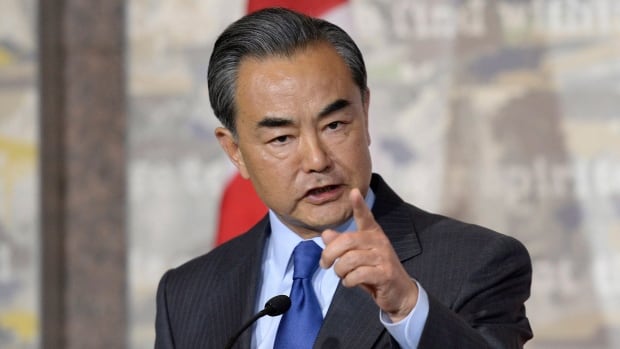China Trying To Cope With Supply Chain Diversification ?

A robot arm helps pack components in a traditional manufacturing facility in Taicang, East China’s Jiangsu Province.
In a record economic stimulus package unveiled by Japan, it has reportedly set aside $2.2 billion to help its manufacturers move production out of China in pursuit of supply chain diversification. Japan’s attempt to reduce its industrial dependency on China is just the beginning of the impact of Wuhan virus on global supply chains, a trend which now every country has started paying close attention to and taking it seriously. Do not put all your eggs in one basket is an old adage whose importance can now be seen very clearly. Companies have realized that profit is not everything, diversification is equally important.
Objectively speaking, the $2.2 billion economic incentive is quite limited compared to the cost of shifting Japanese manufacturers out of China. However it is quite clear that every Japanese company will actually make the move due to the new policy.
The pursuit of supply chain diversification – especially after the disruptive impact of the Wuhan virus on the production chain – deserves attention of not only Japan but every multinational company and each nation.
Immediate impact of the pandemic was that China’s exports to Japan and all other dependent countries plummeted since February, resulting in shortages of essential items / parts among Japanese and other manufacturers.
Moreover, Japan’s push to diversify its supply chain away from China is just the beginning of a larger trend, and is surely to be followed by similar policies from the US, South Korea and other key trading partners of China in the future.
Regardless of whether such moves will be interpreted as anti-globalization or protectionism, it is likely inevitable that multinational companies will be increasingly inclined to seek supply chain diversification to reduce their reliance on one region.
In this sense, the Wuhan Virus pandemic may serve as the most important turning point for China’s industrial chain development since its accession to the WTO. Although multiple factors will determine that many other countries completely replace / vastly reduce China’s role in the global supply chain, diversification will play the most important role.
The whole world was caught off guard by the pandemic, but now have learnt the vital lesson and so the industrial transfer has started to take place. There is no time to waste in planning and preparing for the change.
China too is in a fix and so to make full use of its production capacity advantages and to retain its industrial chain, it will have to cooperate with other countries in a big way and follow a common laid down rules.
China as a country has most of the industrial categories listed in the United Nations industrial classification, contributing 30 percent of global manufacturing.
Now it will have to become more democratic and a greater openness will make its business environment more attractive to other countries, which will be crucial to protecting its own local industrial chain.




